Dial shifts on what defines a woman’s watch

Roula Khalaf, Editor of the FT, selects her favourite stories in this weekly newsletter.
The Swiss watch industry has tended to take a narrow view of what women want in a luxury timepiece. Traditionally, it has produced dainty, jewellery-focused pieces and quartz-powered imitations of men’s timepieces, while its advertising has been targeted at men buying watches as gifts for women.
Now, though, the self-purchasing female consumer segment is growing. According to Deloitte’s 2022 Swiss Watch Industry Study, 83 per cent of the women surveyed bought a watch for their own use, compared with 82 per cent of men.
Ginny Wright, chief executive of Audemars Piguet Americas, says the proportion of women self-purchasing its watches rose from 16 per cent in 2021 to 23 per cent in 2022, and is projected to reach 30 per cent by 2025, with the company targeting 40 per cent by 2030. She puts this shift down to a female-focused strategy in marketing and products. “We have to talk to women differently because women select and purchase watches differently than men,” she says. “It’s not a one-size-fits-all approach.”
A recent study suggests that, in terms of total value, women’s watch purchasing has already overtaken men’s. In a report published in May 2021, Allied Market Research found that sales of watches priced above $1,200 to women were worth $23.7bn in 2019, or 54.4 per cent of the wider market. It estimated that this figure would climb to $26.7bn by 2027.
So what is a woman’s watch in 2023? To even define a piece by gender has become somewhat taboo, with certain groups championing the trend towards unisex labelling, where no one, regardless of gender identity, can be told what they “should” wear. Women have long worn men’s watches, and the reverse is now also true, with celebrities such as rappers Tyler, the Creator and Bad Bunny opting for vintage pieces originally made for women. In 2021, Richemont-owned Watchfinder became the first UK-based pre-owned watch seller to remove gender labels from its website.
“We are sometimes scared to label watches by gender,” says Edouard Meylan, chief executive of independent watchmaker H Moser & Cie, citing the risk of a backlash against brands that market themselves specifically to men or women.
But he is also hesitant to label all watches “unisex” — preferring, instead, to have the designs speak for themselves. “We need diversity, we need exploration, we need creativity,” he argues. “We shouldn’t be driven by too much uniformity.”
According to research by consultants Deloitte, 44 per cent of female consumers surveyed preferred “female” watches for their design, but a quarter (26 per cent) favoured unisex options. “Watch brands have started to offer more options for women,” says Karine Szegedi, a luxury goods expert at Deloitte Switzerland. “They realised if they’re not talking to that segment, they’re missing out on the market opportunity.” In response, 49 per cent of Swiss watch executives told Deloitte that they planned to address this dilemma by expanding their range of design offerings for women.
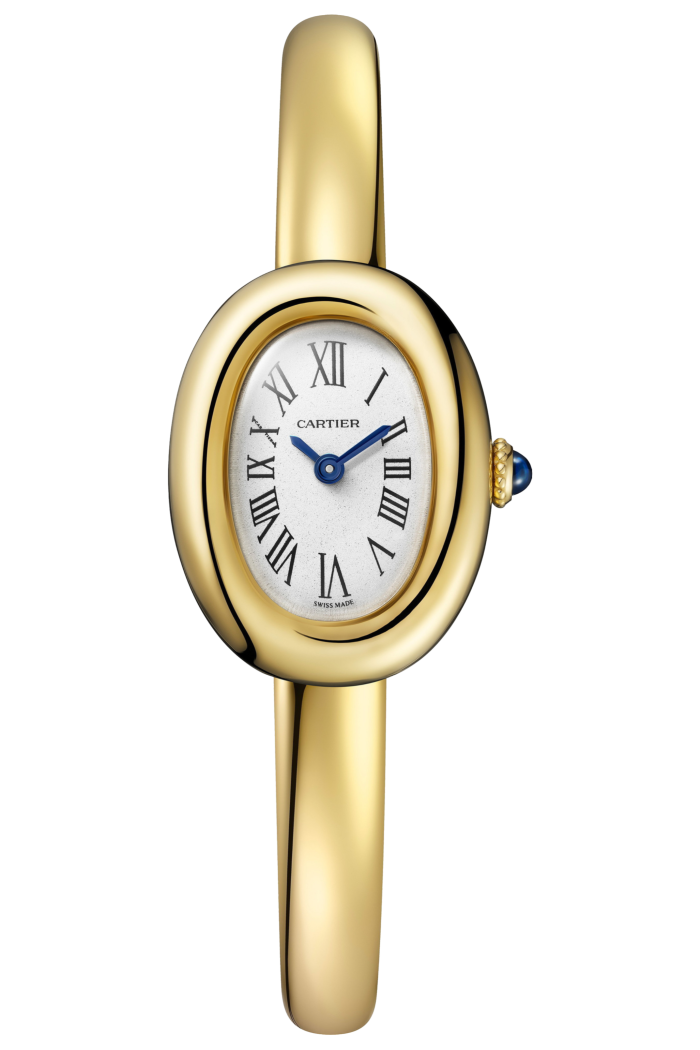
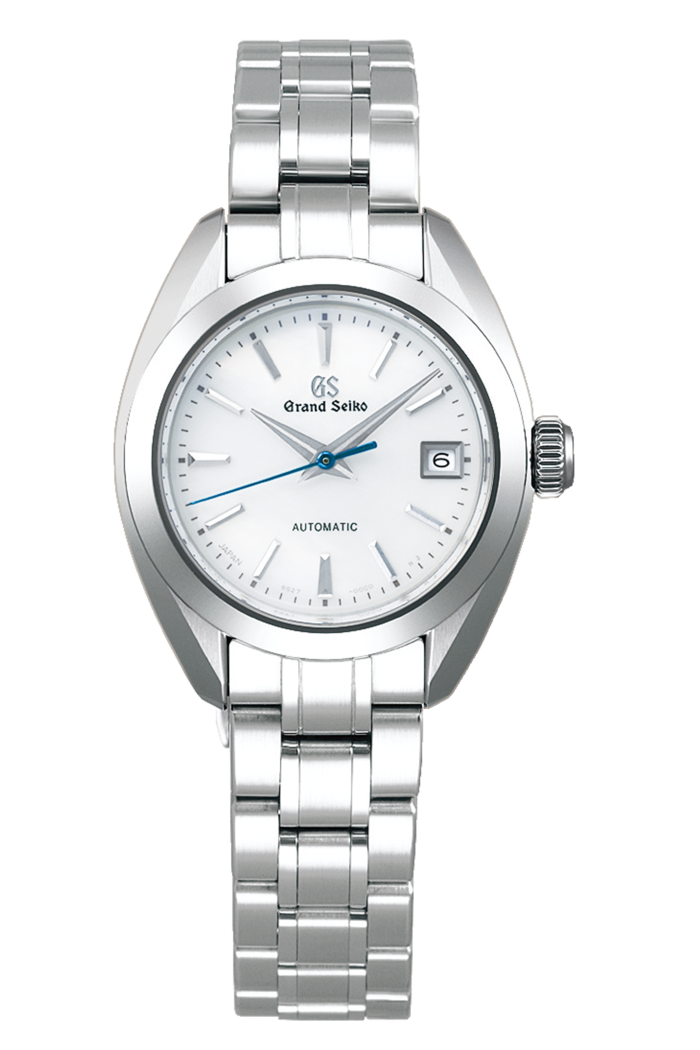
This was certainly reflected at the Watches and Wonders fair in Geneva this March. Cartier, Richemont’s powerhouse brand renowned for its female audience and androgynous appeal, presented several novelties, such as the mini-sized Baignoire quartz watch on a bangle. At the same time, other watchmakers opted to expand their range of automatic movements to include them in smaller case sizes. Grand Seiko, for example, debuted a trio of female-focused, 27.8mm automatic watches.
“Our focus is not solely on the production of new case sizes, but also on the development and manufacturing of dials and movements that complement both our men’s and women’s offerings,” says Brice Le Troadec, president of Grand Seiko America.
A general move towards smaller case sizes can also be attributed to the vintage trend. Tudor, for example, has scaled down its flagship watch, taking a cue from archival models. Its 37mm Black Bay 54 mirrors the size of the Rolex sister brand’s original dive watch, which debuted in 1954, and is predicted to appeal across genders.
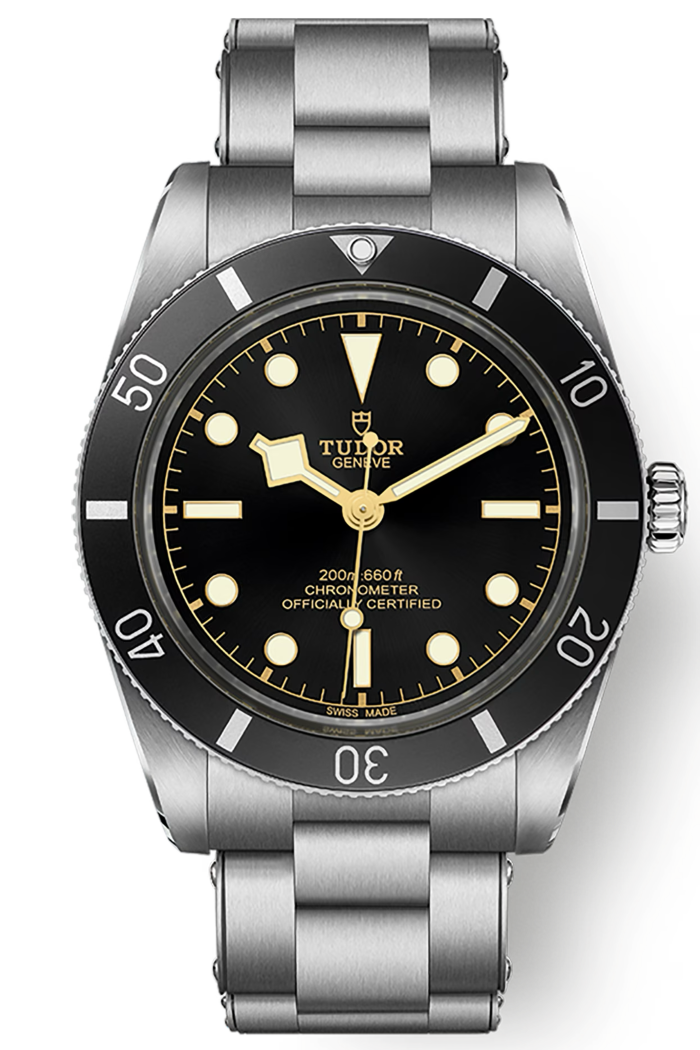
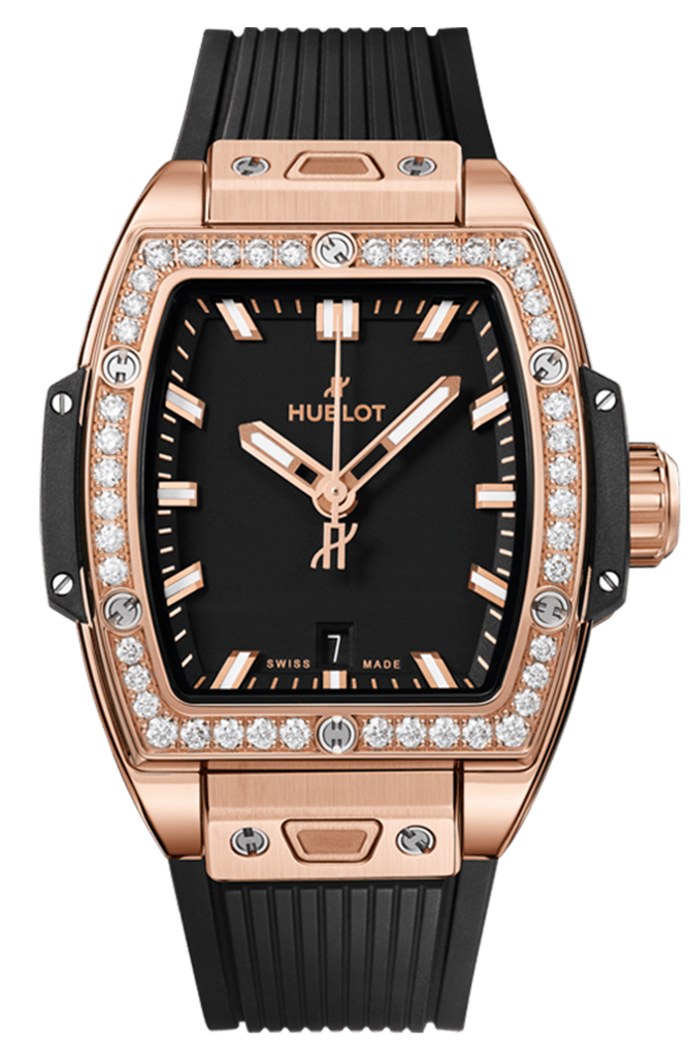
For many consumers, a smaller watch has practical appeal. Hublot, usually known for its hulking watch sizes, has released a 32mm Spirit of Big Bang timepiece with a self-winding movement — paying homage to the original 44mm Big Bang released in 2004, while also “accommodating demand from the female clientele who today make up 28 per cent of [Hublot customers]”, according to chief executive Ricardo Guadalupe.
Creating watches aimed at women often leads to more innovation, too.
“Women are much more sensitive to creativity in watch design versus functionality,” says Sandrine Donguy, director of product marketing and innovation at Vacheron Constantin. Last year, the brand released its Traditionnelle perpetual calendar ultra-thin watch, recognising an increasing desire by women for grand complications and mechanical timepieces.
Other names, such as Richard Mille and Patek Philippe, have taken this into account. In the past six months, both have debuted timepieces with high-end movements labelled as for women. Richard Mille’s RM 07-04, created in fashion-forward colours in collaboration with sportswomen such as Ukrainian high jumper Yuliya Levchenko, is the brand’s first edition of women’s sports watches. “We wanted a model with the same aspirations [as the men’s sports watches] but designed for a woman’s wrist,” says Cécile Guenat, Richard Mille’s creative and development director. “The idea was not to simply copy and paste, but to go further.”
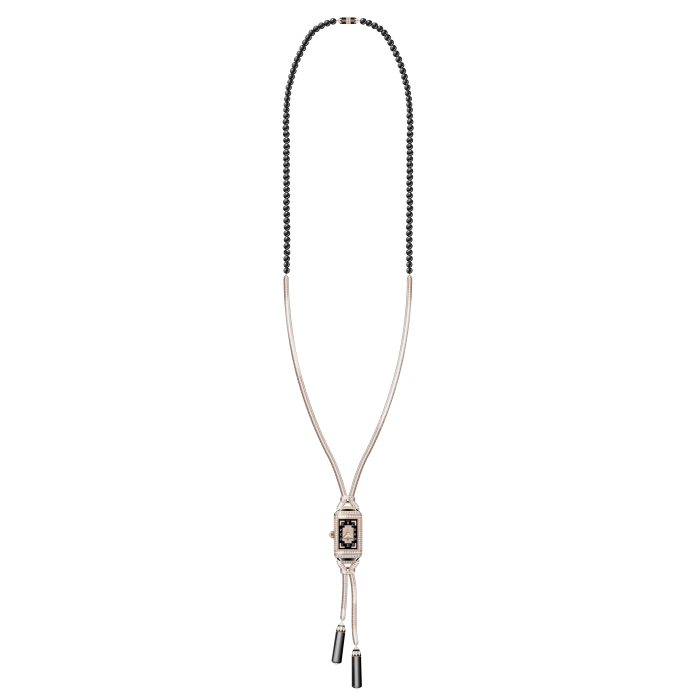
Traditional women’s watches are also being revitalised. Secret watches — timepieces “secretly” embedded in jewellery — are one trend. Jewellery-rooted brands such as Piaget and Van Cleef & Arpels have unveiled gem-set watch necklaces, while Jaeger-LeCoultre has released its Reverso Secret Necklace, equipped with a manually wound movement.
The secondary market, meanwhile, is growing twice as fast as the primary market and is projected by Deloitte to be worth more than half the primary market by 2030.
Female consumers are helping feed this growth. For example, women who shop for pre-owned luxury goods at fashion consignment retailers, such as US-based The RealReal, can find high-end watches alongside the Hermès bags and vintage Gucci loafers. Women now account for 66 per cent of The RealReal’s watch business.
Sotheby’s has similarly seen an uptick in women participating in its watch sales, due in part to its online-only auctions featuring more women’s watches and marketing efforts to position Rolex Daytonas in the same space as Birkin bags, for example.
The auction house reports the number of bids on watches placed by women in 2022 was 46 per cent up on five years ago, with the number of female bidders increasing by more than 75 per cent.
Female voices in the watch industry are growing louder, as well — via social media and specialist and mainstream outlets. “The call to label everything as unisex is actually a veil for a much larger problem at hand,” says Malaika Crawford, style editor at online watch magazine and retailer Hodinkee. “The issue isn’t all in the nomenclature, the issue lies in the way women are spoken to as consumers. It’s not that we don’t want to be spoken to as ‘women’, it’s that we don’t want to be lumped together as a single type of woman.” One size does indeed not fit all.
Comments